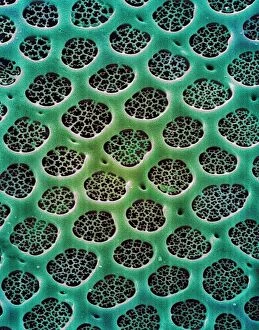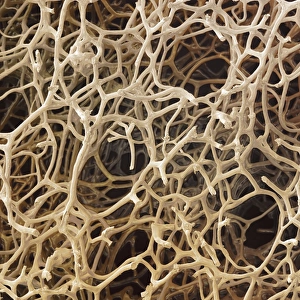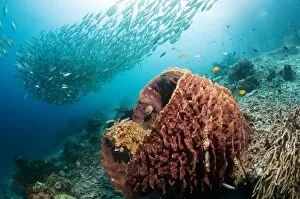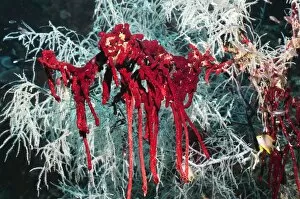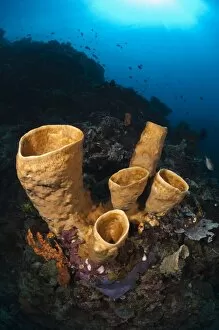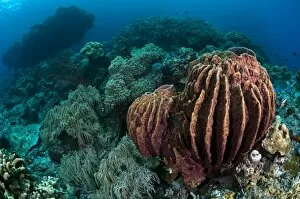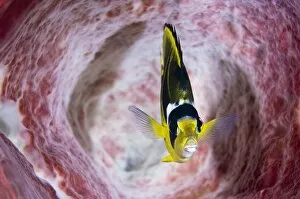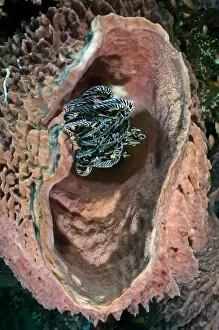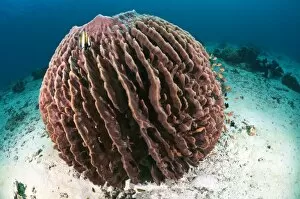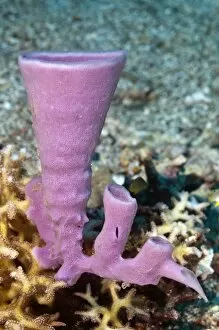Siliceous Collection
Siliceous wonders under the microscope
All Professionally Made to Order for Quick Shipping
Siliceous wonders under the microscope. Diatom algae, when observed through a scanning electron microscope (SEM), reveal intricate patterns and structures that showcase nature's artistic touch. These microscopic organisms, abundant in aquatic environments, construct their cell walls using silica, giving rise to their name "siliceous. " Intriguingly, siliceous formations extend beyond the realm of diatoms. Juan Martinez Siliceo, a Spanish ecclesiastic from the 16th century, left his mark in history as master of Felipe II. His contributions shaped an era long gone but not forgotten. Moving on to geological marvels, we encounter siliceous sinter opal. This mineral formation occurs when hot springs deposit layers of silica-rich water over time. The result is a breathtaking display of vibrant colors and unique textures. Delving deeper into the underwater world reveals another facet beauty – sponge spicules. Under SEM magnification, these delicate skeletal structures appear like works of art crafted by Mother Nature herself. Natural sponges also captivate with their intricate designs and porous surfaces that serve various ecological roles. The giant barrel sponge stands out among its sponge counterparts due to its impressive size and striking appearance underwater. Its presence adds grandeur to coral reefs where it often finds a home alongside other marine creatures. Tube sponges further enhance the diversity found within ocean ecosystems with their distinct cylindrical shapes and vibrant hues. Their contribution to maintaining healthy reef systems cannot be overstated. From ancient ecclesiastics to microscopic diatoms and awe-inspiring marine life forms - all connected by one common thread: siliceous wonders that continue to amaze us at every turn.

